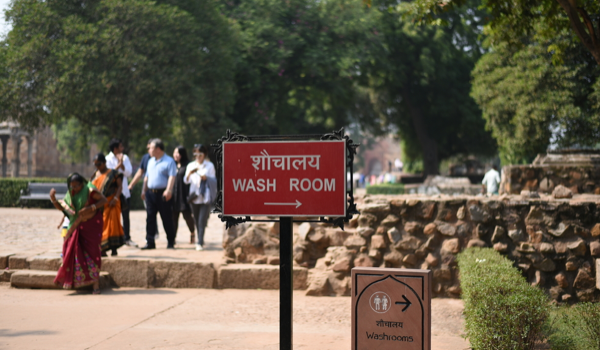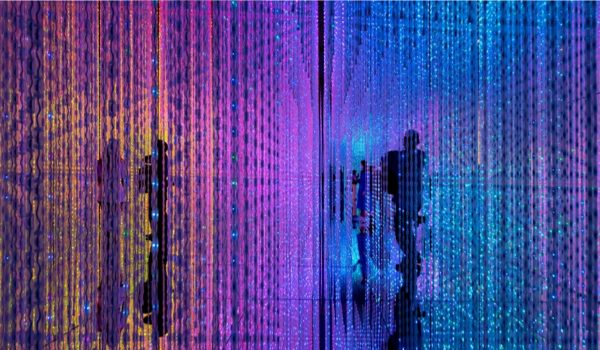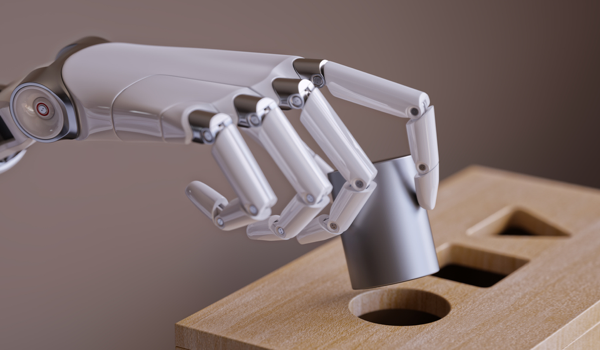


TELANGANA, INDIA - Decade after decade, technology has been engulfing our lives at a rapid pace. Work, leisure, and now even our health are majorly dependent on modern technologies. While this might seem like much ado about nothing to first-world countries, for a third-world country like India, this is revolutionary. What was once only about doctors, scans, and medicines, is now about robots and artificial intelligence (AI). Even more so in post-pandemic India.
The past three years of COVID-19 have only cemented AI’s importance in healthcare, with hospitals and medical professionals now capable of detecting minute variations in lung performance as a precaution against the Delta variant’s deadly symptom of deteriorating pulmonary health.
When AI became a prominent component of India’s healthcare system, its application was limited to radiology, specifically for detecting tuberculosis (TB). At present, after seeing the marvelous impact of this disruptive technology, it is increasingly being used for essential diagnostic practices, thus widening its application. This is improving the medical infrastructure of the country and ensuring effective healthcare is reaching its most remote, neglected rural areas.
“The initial use of AI was in radiology. There is a feature we are all familiar with - face recognition. We started using AI for image identification and then tied up with companies to validate the findings,” said Dr Bharat Aggarwal, chief technology officer for Max Healthcare, Delhi.1“During the COVID pandemic, especially during the second wave, we used AI to analyze CT scans to find out the degree of lung infection,” he added. “We are also doing a lot of research work on the use of AI for TB detection and have tied up with some healthcare startups to use AI to
The content herein is subject to copyright by The Yuan. All rights reserved. The content of the services is owned or licensed to The Yuan. Such content from The Yuan may be shared and reprinted but must clearly identify The Yuan as its original source. Content from a third-party copyright holder identified in the copyright notice contained in such third party’s content appearing in The Yuan must likewise be clearly labeled as such. Continue with Linkedin
Continue with Linkedin
 Continue with Google
Continue with Google







 1176 views
1176 views











2022-05-19